Too much fruit?
August 25, 2009 @ 8:56 pm
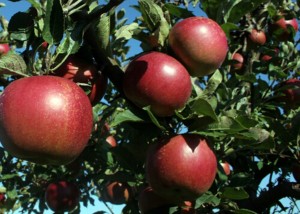 Every year, thousands of pounds of fruit fall to the ground and rot. Homeowners who grow apples, plums, cherries, pears or other fruit often find that they can’t keep up with their fruit harvest, and they can only give away so much of their bounty to neighbors and co-workers.
Every year, thousands of pounds of fruit fall to the ground and rot. Homeowners who grow apples, plums, cherries, pears or other fruit often find that they can’t keep up with their fruit harvest, and they can only give away so much of their bounty to neighbors and co-workers.
The Seattle Times has a good story in today’s newspaper about a volunteer group called City Fruit that helps homeowners deal with the overabundance of fruit growing on their trees. City Fruit offers an added twist — helping homeowners better care for their fruit trees, including how to deal with worms, proper pruning and other tree tips. The Times writes:
City Fruit goes beyond harvesting by offering homeowners instruction in pruning, pest control and harvesting as well as workshops in canning or jam making. The organization also hopes to create a neighborhood network so that anyone seeking harvesting help or workshop information can consult its Web site for citywide options…
There are plenty of groups in Seattle that help homeowners harvest fruit and deliver them to food banks, so there’s no excuse for letting those juicy apples or pears fall to the ground and rot. Solid Ground, a nonprofit in Fremont, for example, runs the Community Fruit Tree Harvest. The group posts a list of food banks and other programs that will accept fruit in 2009 (PDF). You can sign up as a volunteer to scout neighborhood fruit trees that can potentially be harvested, provide storage for fruit or picking buckets or be “on call” to harvest fruit in your neighborhood. You can also organize your own harvest party and donate your fruit by calling Seattle Tilth’s Garden hotline at 206-633-0224 or email help@gardenhotline.org).
Filed under Seattle Landscape Design, Seattle Landscape Maintenance, Vegetable Gardening Permalink · No Comments »
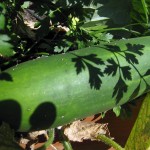
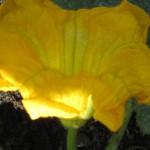 reason you’re not getting fruit set. No pumpkins, squash, ears of corn or tomatoes. What’s going on? A key problem is pollination. Your plant either hasn’t been pollinated at all, or has been insufficiently pollinated.
reason you’re not getting fruit set. No pumpkins, squash, ears of corn or tomatoes. What’s going on? A key problem is pollination. Your plant either hasn’t been pollinated at all, or has been insufficiently pollinated.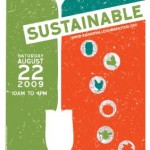 There are a lot of great gardens to check out this Saturday at the
There are a lot of great gardens to check out this Saturday at the 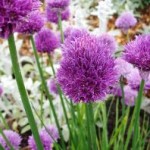 Learn about different kinds of cistern systems, how they work, and what cistern makes sense for you. Find out more about honey bees from an expert, and see an example of good “dogscaping,” landscaping that takes into account your dog’s paths and lifestyle.
Learn about different kinds of cistern systems, how they work, and what cistern makes sense for you. Find out more about honey bees from an expert, and see an example of good “dogscaping,” landscaping that takes into account your dog’s paths and lifestyle.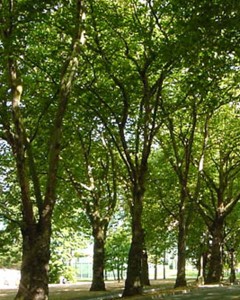 new regulations are underway in the city of Seattle to tighten the rules around tree-cutting. The exact specifics haven’t been ironed out yet — like whether a permit is required to cut down a tree — but the Seattle City Council passed two measures earlier this month that provide some measure of protection for trees. (Both
new regulations are underway in the city of Seattle to tighten the rules around tree-cutting. The exact specifics haven’t been ironed out yet — like whether a permit is required to cut down a tree — but the Seattle City Council passed two measures earlier this month that provide some measure of protection for trees. (Both 


